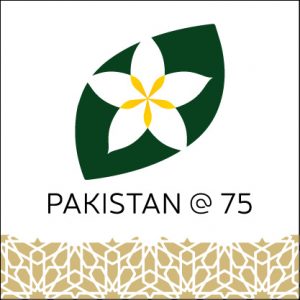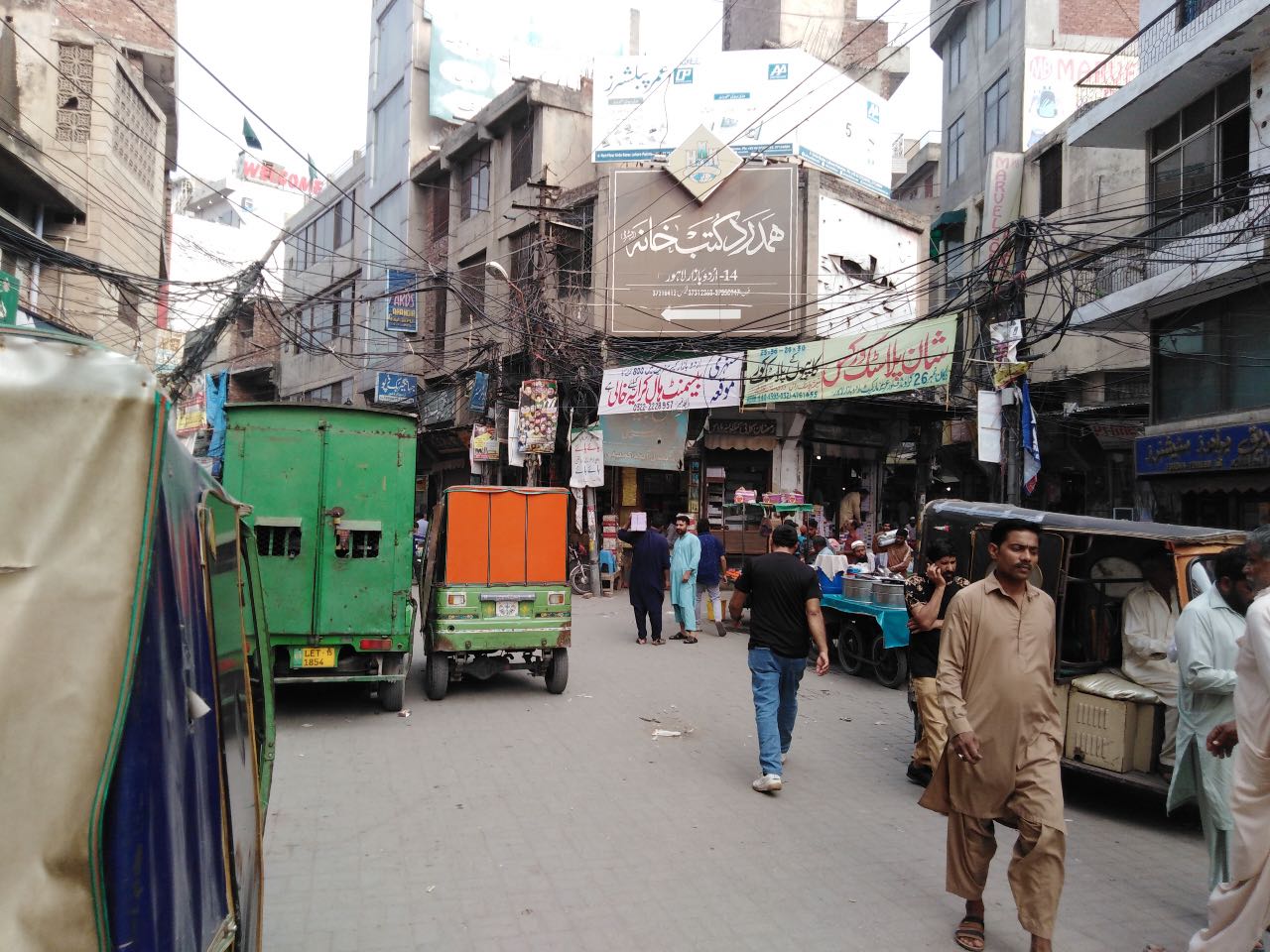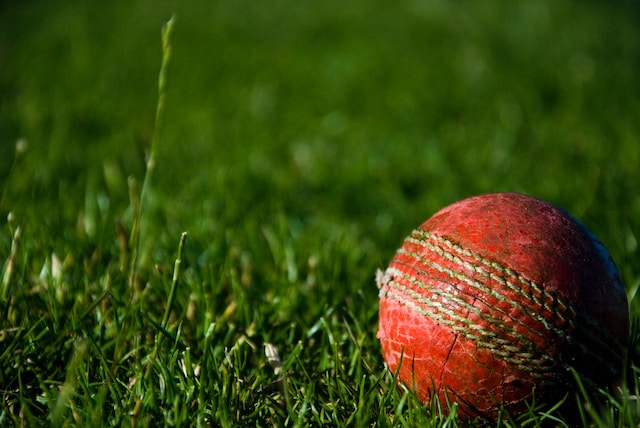As  Pakistan turns 75, the LSE South Asia Centre will publish commemorative 12 posts till July 2023 about ‘Pakistan @ 75’ from different perspectives. In this inaugural post, Kazim Saeed discusses the possibilities of economic prosperity in Pakistan through the story of wheat, Pakistan’s staple food crop – its glorious past, its current malaise, and what the future may be if some current stakeholders step away.
Pakistan turns 75, the LSE South Asia Centre will publish commemorative 12 posts till July 2023 about ‘Pakistan @ 75’ from different perspectives. In this inaugural post, Kazim Saeed discusses the possibilities of economic prosperity in Pakistan through the story of wheat, Pakistan’s staple food crop – its glorious past, its current malaise, and what the future may be if some current stakeholders step away.
The myriad Pakistani breads — roti, naan, paratha, and the rest — all come from wheat. And wheat tells the story of Pakistan’s economy over the decades: from flight to injury to stagnation — and prospect.
Wheat is Pakistan’s staple. So, whether wheat is a suitably profitable crop or not, Pakistan’s farmers cannot quite resist growing it; and it is grown on 80 per cent of the country’s farms in the winter. Pakistan’s next biggest crop barely produces a third of the volume of wheat. The irony is that, on the 75th anniversary of its independence, Pakistan is short of wheat — with farmers dealt a tough hand each season, and consumers often victim to bald-faced ‘black marketing’. This is the illegal economy selling products at higher price, often by creating a false shortage by hoarding, which creates a heightened demand, and then selling it at a higher price in violation of all established regulations.
Pakistan’s founder Mohammad Ali Jinnah was quick to grasp the practice of ‘black marketing’. His speech of 11 August 1947 is celebrated more for his staunch endorsement of the freedom of religion. But the speech is equally important for his views on another feature of the Pakistani society about to be born: black marketing. He called black-marketing a curse, a colossal crime against society ‘when we constantly face shortage of food’, a crime fit to be very severely punished.
The constant shortage of food was defeated by science and brave policy decisions early in Pakistan’s life. The 1960s saw the advent of modern wheat seed adapted to Pakistani conditions, the introduction of chemical fertilizers, the spread of tractors, and the development of massive water infrastructure for agriculture. The international experts who worked in Pakistan tipped their hats to the ingenuity of that era’s Pakistani experts and engineers. This was pulled off almost entirely under the government’s umbrella.

Wheat Harvester, Punjab, April 2022 © Hasan Haider
Across the developing world, it was the era of government purchases of commodities from farmers. To get farmers to grow more and make Pakistan self-sufficient in wheat, a system of government purchases was also set up in the 1960s. The government started buying wheat from farmers at a pre-announced support price. And farmers responded with vigour. But you cannot eat wheat! Like oil, it is only useful after it is processed. So, a new breed of flour millers was spawned for whom the government allocation of wheat quotas became a ticket to assured revenues. All these elements came together perfectly to make wheat rise in Pakistan.

Grain Moisture Measurement Meter, Punjab, April 2022 © Hasan Haider
Between 1960 and 1980, Pakistan doubled its wheat output and reached self-sufficiency soon after. Wheat is grown in a hundred countries and Pakistan became a fixture in the top ten by sheer volume of production. It all worked — for a time — until politics caught up with it. The surprise nationalisation of small-scale industries in July 1976 brought flour mills into government hands; with this, the wheat chain was dealt an injury it has not really recovered from — despite ‘de-nationalisation’ later on.
Wheat had lost its primacy on Pakistan’s economic agenda, and became a ‘political crop’. If politics is ‘who gets what, when, and how’, Pakistan’s wheat chain is Exhibit A material.
This is where black marketing re-enters the story because the structure built to gain self-sufficiency never evolved. Wheat can disappear from stores today despite the heavy participation of government in purchasing wheat and selling it to flour-millers. The government groans under monumental borrowing from banks for their wheat purchases. The import and export of wheat is also by government fiat only. So, wheat players face no direct competition from the global market. They just smuggle wheat out of the country when the global price is higher than the domestic support price set by the government.
Even the jute bags issued by government to be given free to farmers, in which it ostensibly intends to procure wheat, are scarcely available to farmers without some favour they have to promise to local grandees and middlemen. With no national goal to meet, the wheat ‘support price’ has largely become a tool of political patronage. Today, Pakistan has flour mills which barely run a shift but their wheat allocation from government is acquired, stored, and sold by the mill owners when prices are higher—a tidy profit purely based on the economics of rent.
Farmers are at the end of their wits by this practice. Governmental dysfunctionality means that support prices are often announced after farmers have made their sowing decisions for the winter crop. Even so, farmers typically get a much lower price than what the government announces. A whole culture thwarting fair play has set in with its own anti-hero: the aarhti or middleman.
For the middleman, the logic of commodity is usually even more powerful than the logic of money. A ‘super aarhti’ of the wheat trade in Lahore’s Akbari Mandi (wholesale market) tells me that access to commodity is the reason he gives credit to those he supplies as well as to those he buys from. On days when the commodity is in short supply, he calls their credit in. And, in a cash-poor market, they quickly cough up the commodity. He believes that if he has a shop in the mandi and does not have commodity on any given day, he is a nobody. This is how a predominantly agricultural country with nearly 40 per cent of its population earning from agriculture has more than half its GDP coming from services. The middlemen are the service sector.
The national wheat yield per acre, after early flight followed by injury, rose by only 60 per cent between 1980 and 2000. It has been stagnant in the two decades since. Farmers do not have access to quality wheat seed. And the administrative structures of old weigh so heavily that farmers do not have reason to invest in the wheat crop anymore. There is little prospect of reducing rural poverty under this arrangement as the vast majority of Pakistanis earning from agriculture are doing menial tasks which are performed by machines in other developing countries. Pakistan’s respected industrial houses want to remain miles away from wheat for fear of scandal associated with simply storing wheat.
Meanwhile, Pakistan’s population has grown at a dizzying 2.4 per cent every year, and demand for wheat is now outstripping domestic production. With Pakistan’s population projected to rise fifty per cent by mid-century, the wheat output has nowhere to go but upward. But the government is forced to import wheat today. Decision-makers need to realise that wheat (literally) does not grow on trees. Tragically, as a leading wheat producer, Pakistan has cowered on the wrong side of two historic commodity booms in 2008 and 2021.
As the poet Rumi (paradoxically) says, the cure is in the ailment. The fastest avenues to economic growth for Pakistan today are in agriculture. But this growth will not be realised without jettisoning the wreckage of policies from half a century ago. Wheat yields have the potential to double. This can make Pakistan a major player on the global commodity market. And there is more: making roti and naan from Pakistan’s breed of wheat is wasteful. Cookies can fetch six times more value from it if investment in the right industries is made.
Pakistan’s path to wheat glory is simple: the black market needs to give way to the open market and also let good seed, machinery, and industry in. And it does not require the government to lead from the front this time — just to get out of the way, and lead from behind. But this quantum of change requires real policy courage. Political rhetoric and criminal investigations do not kill economic mafias. Competition kills economic mafias. The will of Pakistanis to compete — both within Pakistan and globally — shall deliver them prosperity. Happy 75th!
*
The views expressed here are those of the author and not of the ‘South Asia @ LSE’ blog, the LSE South Asia Centre, or the London School of Economics & Political Science.
Banner image © ‘Wheat Fields in Punjab, Pakistan’, Hasan Haider, Pula Advisors, 2022.
The ‘Pakistan @ 75’ logo is copyrighted by the LSE South Asia Centre, and may not be used by anyone for any purpose. It shows the national flower of Pakistan, Jasmine (Jasminum officinale), framed in a filigree design adapted from Islamic architecture. The logo has been designed by Oroon Das.
*








The poet Rumi was absolutely right
Kazim has done a superb job encapsulating a subject requring multiple PhD theses in a 10-minutes read. Readers interested in knowing more about the killing made by commercial banks from lending to provincial governments for wheat procurement at “support price” may want to read my oped in Dawn titled “Wheat a minute.” Kazim is an asset that policymakers must employ to uplift Pakistan.
Excellent article written, author tried to cover the good the bad and the ugly. The solution is to undo Orthodox policy of 1960s, which now neither helping growers nor consumers but now has entirely turned beneficial for middlemen hoarders and the ultimate beneficiaries are flour Mills. Farmers are now switching to other crops due to government’s intervention. Growers sold wheat at Rs.2200/- per 40kgs hoarders are today selling at Rs.3200/- per 40kgs in Sindh. Mammoth profit in just few months